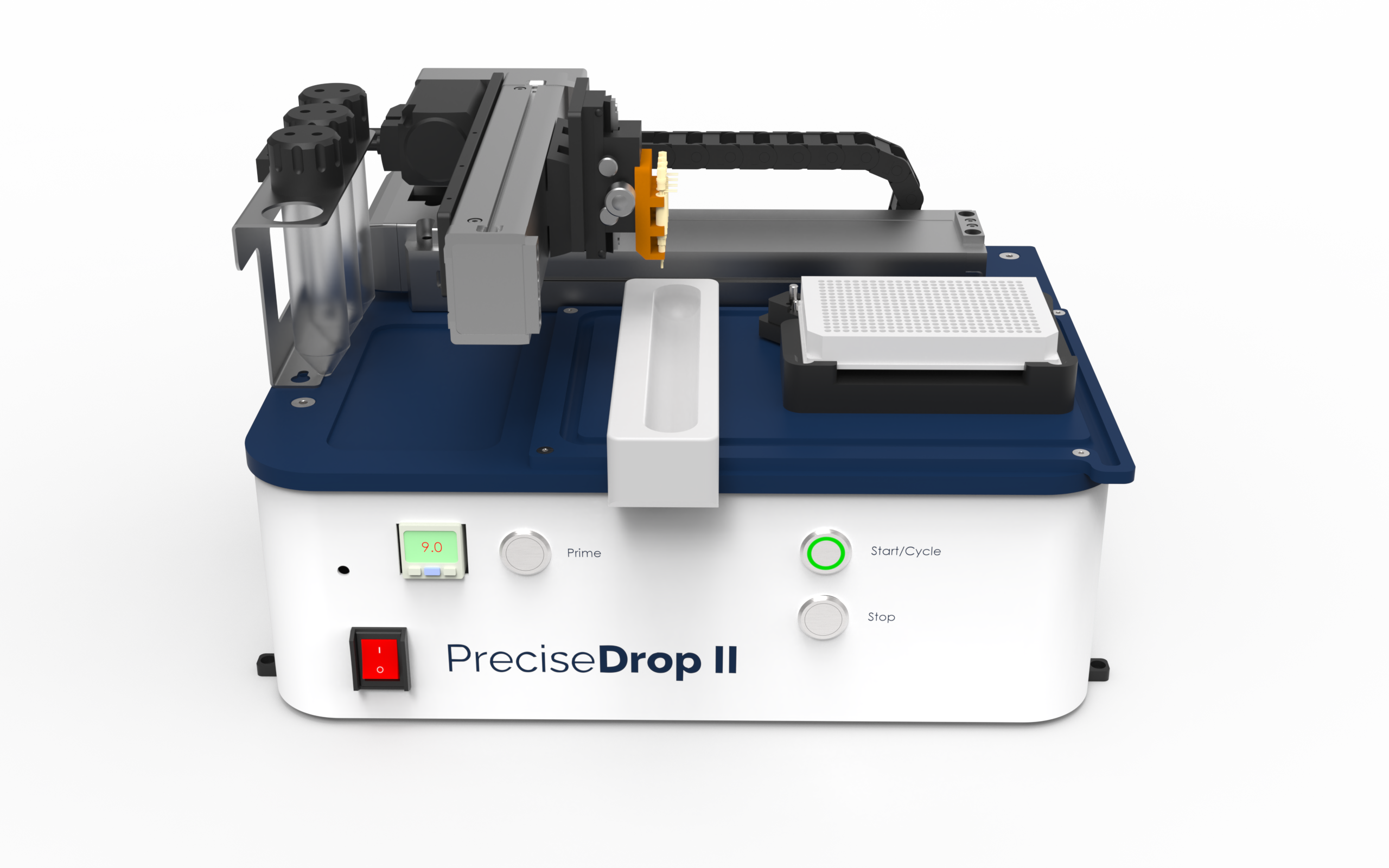Automate Everything. Orchestrate the Future.
Enhance Laboratory Efficiency through Integrated Automation and Advanced Orchestration Technologies
HighRes designs and delivers laboratory automation solutions, powered by our deep scientific expertise and cutting-edge software, to help labs do more, faster with fewer errors and greater insight.
Where Our Automated Systems are Exceeding Expectations












We Deliver the Lab of the Future for Everyone
We envision a world where science moves at the speed of possibility where every lab, from startup to pharma giant, is unified by intelligent automation and driven by data. HighRes will lead this transformation with bleeding edge laboratory automation solutions and CellarioOS as the industry’s orchestration standard, shaping a new era of precision, efficiency, and innovation in scientific discovery.
Bridging Technology and Science through Advanced Lab Automation
At HighRes, we’ve spent over two decades delivering lab automation solutions for some of the most complex, high-impact scientific applications—from high-throughput screening to synthetic biology and cell line development. That experience is built into every project we deliver. We don’t just provide modular systems and orchestration software—we bring deep, application-specific expertise to help customers hit the ground running. Whether you're scaling up, replatforming, or automating for the first time, you benefit from a knowledge base shaped by hundreds of successful deployments. It’s how we turn technology into outcomes, faster.
Drug Discovery
From hit identification to lead optimization, speed is everything. HighRes helps you streamline assay execution, data capture, and iterative screening with modular systems powered by the Cellario and Nucleus platforms. Whether you're running 24/7 HTS or focused on high-content imaging, we’ve automated it before and we’ll help you do it better.
Genomics
High-throughput sequencing and sample prep demand reliability, precision, and traceability. HighRes automates end-to-end workflows with dynamic scheduling and smart data handling, helping genomics labs reduce error rates, increase throughput, and stay ahead of growing sample volumes.
Synthetic Biology
In syn bio, iteration is key. HighRes enables rapid design-build-test-learn cycles by automating DNA assembly, strain engineering, and bioprocess prep with reconfigurable systems and real-time orchestration. We help you move faster from idea to insight—at scale.
HighRes Biosolutions Core Technology
Lab Orchestration
CellarioOS brings centralized control to your lab. It connects devices, data, and decision logic into one intelligent automation layer—so you can run complex, multi-step workflows with precision, traceability, and flexibility.
-1.png)
Application Ready Work Cells
Modular by design, our pre-configured workcells are optimized for common applications like NGS prep, cell line development, or high-throughput screening. They’re built on real-world experience and ready to deploy fast.
-1.png)
Lab Automation
From robotic arms to integrated scheduling, HighRes automation scales with your science. We specialize in modular, reconfigurable systems that evolve with your workflows.
.png)
Sample Storage
Dynamic, high-density storage solutions that work seamlessly with your automated workflows. Our systems track every tube, plate, or sample—ensuring secure handling, environmental control, and full auditability.
.png)
Liquid Handling
Prime is our high-performance liquid handler designed for seamless integration into automated workflows. With a wide volume range, precision pipetting, and an extensible and open API, Prime ensures accurate, efficient liquid transfers for everything from assay setup to complex sample prep. Built for reliability, engineered for automation.
.jpg)
Centrifugation
MicroSpin is our compact, automation-ready centrifuge designed for high-throughput workflows. With fast cycle times, gentle handling, and an open API, MicroSpin brings precision and reliability to every spin step—whether you're pelleting cells, clarifying samples, or prepping for downstream analysis.
%20-%20alt.webp)
Non-contact Dispensing
Dispense enzymes, buffers, and cells precisely, accurately, and quickly for NGS library prep, qPCR plate prep, assay development, and screening.

By the Numbers
Years
of industry leading experience
of Customers
develop long term partnerships with HighRes
Life Scientists
recommend us to their colleagues
Awesome
at what we do
Solution-oriented and science-driven
“The cell editing work done at EditCo presents a huge number of challenges, both in engineering and in science. The solution-oriented and science-driven culture at HighRes Biosolutions aligns strongly with the culture of EditCo, making HighRes an ideal partner for automating our processes.”

